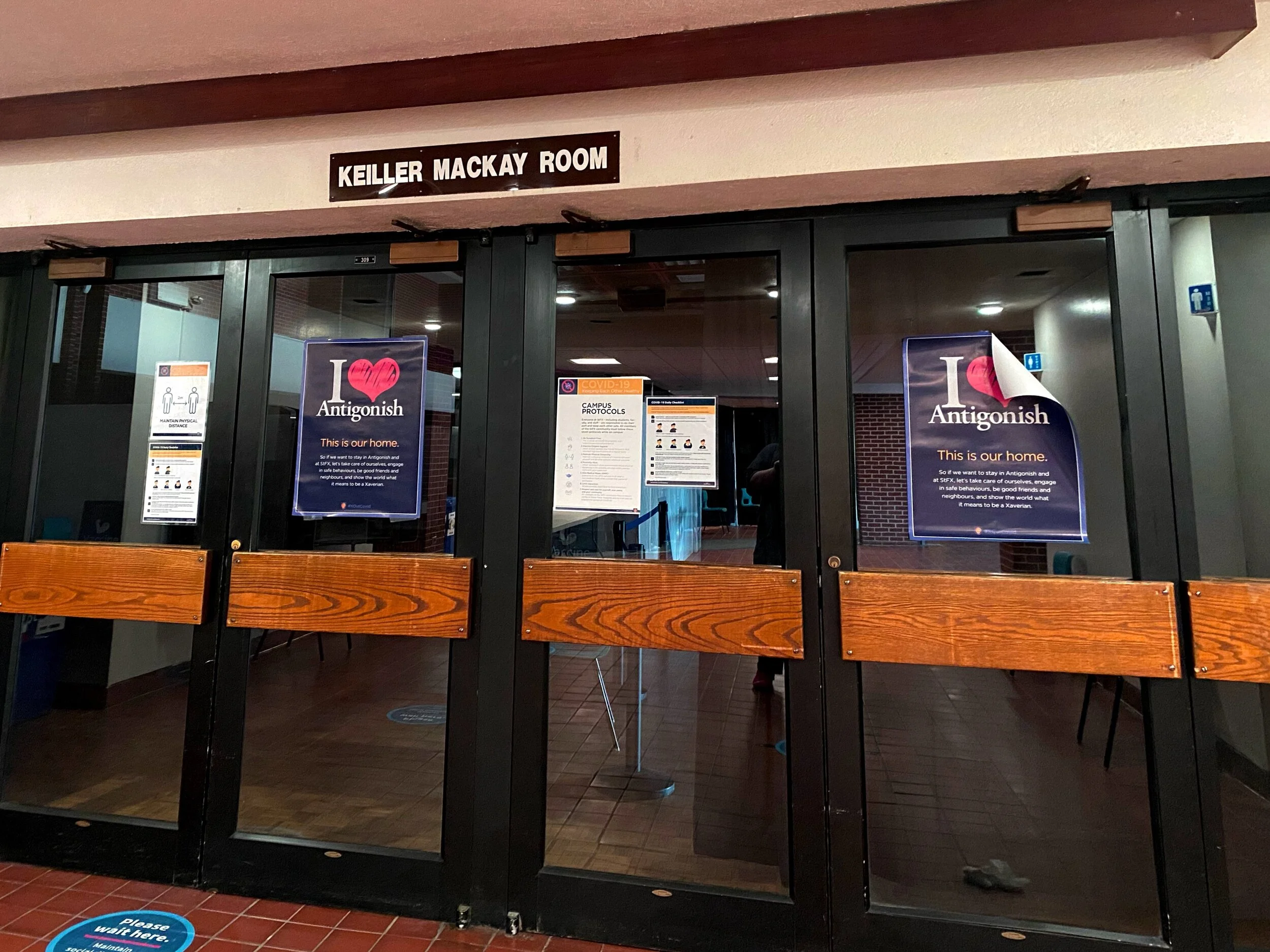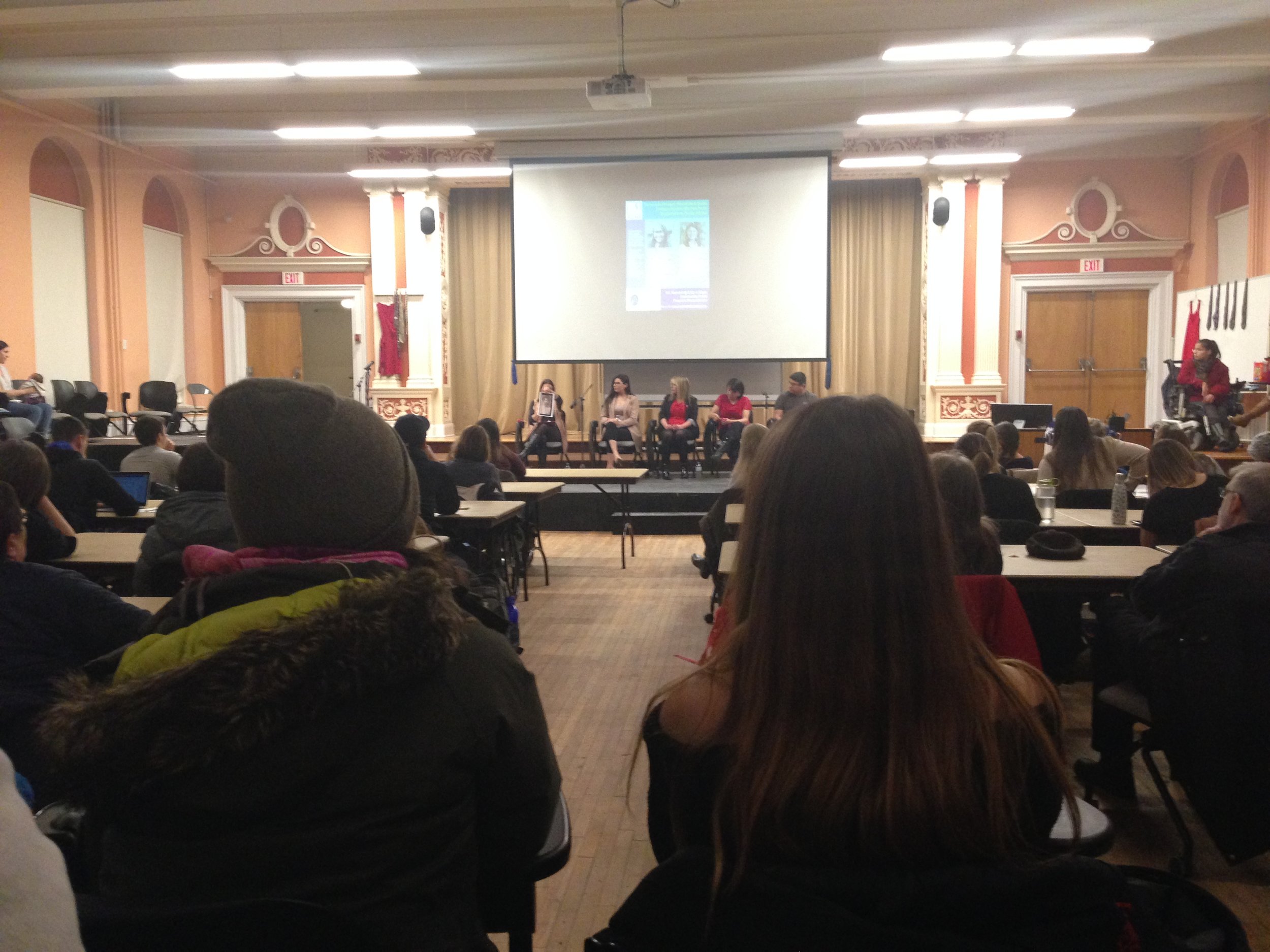Canadian Accent Mosaic
/There is no one true Canadian English dialect, and that’s a great thing
The popular CraveTV original series Letterkenny is a story about a group of small town Ontarians who spend most of their time watching their roadside veggie stall and chirping one another.
If you don’t know what chirping means, let me break it down for you. “To chirp” is essentially used to describe talking smack about someone. Insulting someone so expertly, that the person being insulted is completely impressed by the effort.
It’s also a phrase pretty common in good old Canada. And one of the backbones of what makes Letterkenny so hilarious.
But the greater reason why Letterkenny gained popularity is due to their expert usage of Ontarian slang and regional dialects. Something that a lot of Canadians assume we don’t even have!
Listen. To you, you might not have an accent. But that’s kind of the point – accents aren’t weird when they’re yours.
I can only talk confidently on English-speaking Canada, but rest assured there isn’t just one French-Canadian accent either.
Recently, I was in a class and overheard a girl discussing how, “funny” those Newfies sound when they talk. It may come as a shock to her that people from Newfoundland...probably think she sounds funny too. Wherever you’re from, you have an accent; a dialect; different words for things.
There is no, “one true Canadian accent.” I know a lot of our own media likes to convince us otherwise – think back to all those times the line, “pass me a two-four, you hoser?” are said in classic Canadian comedy shows like SCTV’s Bog and Doug Mackenzie segments. Those are all well and good, but we’re more than that.
Canada’s the second biggest country in the world – and if there’s anything we don’t really have, it’s one universal identity.
Often, people referred to Canada as a mosaic. Though this typically refers to multiculturalism, I believe this is just as true about provincial cultures. Across our ten provinces and three territories there is so much diversity in speech and provincial identity.
An immediate example is that first and last part of a loaf of bread. For many people in Nova Scotia, it’s called the heel. In Ontario, people tend to call it simply, “the end of the bread.”
Other dialects call it, “the crust” or, “the husk.”
It’s pretty easy to miss these sorts of regional differences – they’re pretty mundane. But there is something interesting in the mundane and the ways people identify everyday things and actions.
Take an essential item for any StFX student – rain boots. A friend from Newfoundland has informed me that they call them, “rubbers.” Equally funny is the Saskatchewanian term for hoodie, which is, “bunny hug,” apparently. Personally, bunny hug sounds way more unique.
But there’s even more layers to this discussion than just regional differences. How about generational differences?
An extremely common, “Canadian word” that gets passed around on your average Buzzfeed article is chesterfield. Chesterfields being, naturally, a word to describe a couch or sofa. In my experience, I only ever hear my grandparents or people my grandparents’ age using the word. The reasoning for the term going out of style is likely due to an increase in outside influence – younger people being exposed to more mainstream (read: American) ways to describe things.
But is that really the reason? Obviously, we still have plenty of our own ways to describe things that are distinct from Americans and other English speaking countries. Perhaps the real reason for chesterfield growing outdated is simply that it’s gotten too old.
Even a simple pronunciation of a common word can set people apart. Growing up, I was often picked at (all in good fun, of course) for pronouncing aunt as “awnt,” which is the common way to pronounce the word in Nova Scotia. Growing up in Ontario, where everyone pronounces aunt like “ant,” I was constantly confused as to why someone would want to call their aunt an insect.
Despite fears of a, “universal Canadian accent” being formed due to the popularity of the internet, it seems the opposite is happening. According to a recent enquiry by The National Post, “As the world becomes more globalized, we react by wanting to preserve our local identities through language.” Not only do I find that fascinating, but completely true.
Maybe that’s why shows like Letterkenny are so popular – it’s validating to see representation for different Canadian regional dialects and terminology in the media. And I’ll be the first to admit that I enjoy our dialect mosaic.





